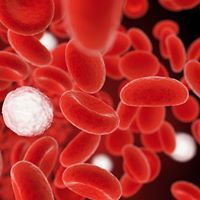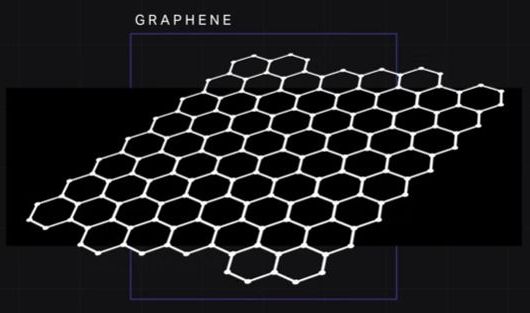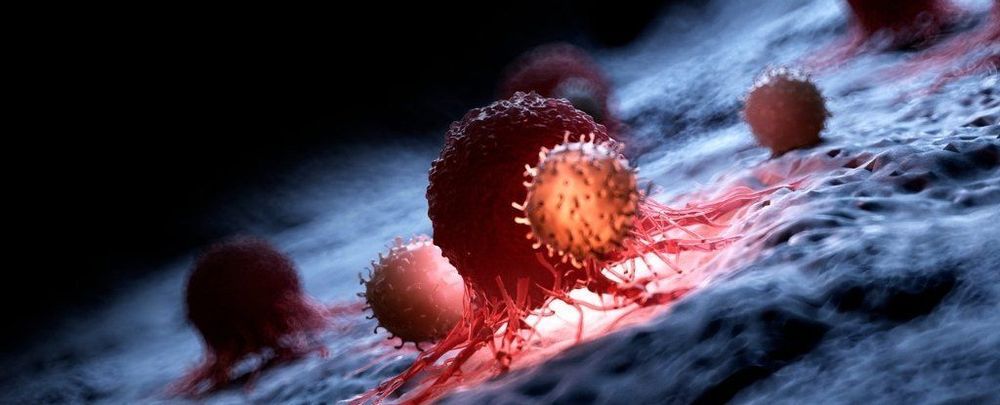Page 7919
Feb 8, 2020
Elon Musk Says He’s About to Deliver the Future of High-Speed Internet
Posted by Tracy R. Atkins in categories: Elon Musk, internet
Graphene is an allotropic form of carbon and posses some of the unique properties that are making this compound stand out of all other allotropic compounds of carbon. The compound was discovered in modern ages by two scientists Andre Geim and Konstantin Novoselov from the University of Manchester, UK. After its initial discovery the compound soon began to make impact on every field of life and in recognition to their work they were awarded a physics noble prize in 2010. Graphene has unique physical and chemical properties and is much lighter, flexible and strong than many previously existing compounds.
Feb 8, 2020
Zoltan Istvan on 2020 Presidential Campaign Against Trump
Posted by Zoltan Istvan in category: futurism

1-min C-SPAN video of why I’m running for President in 2020 against Donald Trump: https://www.facebook.com/ZoltanGIstvan/videos/208920663626290/ #UpgradingAmerica #Zoltan2020
Feb 8, 2020
Expansion of known ssRNA phage genomes: From tens to over a thousand
Posted by Quinn Sena in categories: biotech/medical, evolution, genetics
O.o!
The first sequenced genome was that of the 3569-nucleotide single-stranded RNA (ssRNA) bacteriophage MS2. Despite the recent accumulation of vast amounts of DNA and RNA sequence data, only 12 representative ssRNA phage genome sequences are available from the NCBI Genome database (June 2019). The difficulty in detecting RNA phages in metagenomic datasets raises questions as to their abundance, taxonomic structure, and ecological importance. In this study, we iteratively applied profile hidden Markov models to detect conserved ssRNA phage proteins in 82 publicly available metatranscriptomic datasets generated from activated sludge and aquatic environments. We identified 15,611 nonredundant ssRNA phage sequences, including 1015 near-complete genomes. This expansion in the number of known sequences enabled us to complete a phylogenetic assessment of both sequences identified in this study and known ssRNA phage genomes. Our expansion of these viruses from two environments suggests that they have been overlooked within microbiome studies.
Viruses, particularly bacteriophages targeting prokaryotes, are the most diverse biological entities in the biosphere (1, 2). Currently, there are 11,489 genome sequences available in the NCBI (National Center for Biotechnology Information) Viral RefSeq database (version 94). The vast majority of known phage have a double-stranded DNA (dsDNA) genome (3, 4). Recent metagenomic analysis of 145 marine virome sampling sites identified 195,728 DNA viral populations, highlighting that only a fraction of Earth’s viral diversity has been characterized (5). An additional expansion of known phage populations by Roux et al. (6) revealed that not only dsDNA phages but also single-stranded DNA Inoviridae are far more diverse than previously considered. The rapid expansion in viral discovery through metagenomics is enabling a greater understanding of their roles within environments and their evolutionary relationships, which is subsequently causing a revolution in phage taxonomy (7).
Continue reading “Expansion of known ssRNA phage genomes: From tens to over a thousand” »
O.o!
From the office of the governor:
Salem, OR—Governor Kate Brown today declared a state of emergency in three Oregon counties due to severe flooding, increased snowmelt, landslides, and erosion. This declaration comes at the request of local legislators and is based on the recommendations of the Oregon Office of Emergency Management (OEM).
Feb 8, 2020
DARPA Is Using Gamers’ Brain Waves to Train Robot Swarms
Posted by Quinn Sena in category: robotics/AI
Feb 8, 2020
You Have 46 Chromosomes. This Pond Creature Has 15,600
Posted by Quinn Sena in categories: biotech/medical, genetics, life extension
O.o probs alien o.o circa 2013.
Remember when encyclopaedias were books, and not just websites? You’d have a shelf full of information, packaged into entries, and then into separate volumes. Your genome is organised in a similar way. Your DNA is packaged into large volumes called chromosomes. There are 23 pairs of them, each of which contains a long string of genes. And just as encyclopaedia books are bound in sturdy covers to prevent the pages within from fraying, so too are your chromosomes capped by protective structures called telomeres.
That’s basically how it works in any animal or plant or fungus. The number of chromosomes might vary a lot—fruit flies have 8 while dogs have 78—but the basic organisation is the same.
Continue reading “You Have 46 Chromosomes. This Pond Creature Has 15,600” »
Feb 8, 2020
US Trial Shows 3 Cancer Patients Had Their Genomes Altered Safely
Posted by Prem Vijaywargi in categories: biotech/medical, genetics
Researchers-genetically-alter-the-immune-system-of-cancer-patients-without-side-effect.
US scientists have succeeded in genetically editing the immune systems of three cancer patients using CRISPR, without creating any side effects, a first for the tool which is revolutionizing biomedical research.
The highly anticipated results from the first phase of a clinical trial were published in the journal Science on Thursday.
Continue reading “US Trial Shows 3 Cancer Patients Had Their Genomes Altered Safely” »
Feb 8, 2020
Plastic Eating Plants: Will they Save our Environment?
Posted by Quinn Sena in categories: biological, food, particle physics, sustainability
Circa 2016 o.o
Americans dump 251 million tons of trash annually into landfills. Bike seat ripped? Toss it. Hole in the old garden hose? Get rid of it. Spandex not tucking in your tummy? Loose it and replace it. This linear process of extracting a resource, processing it, selling it than discarding it is creating a mound of trash dangerously equivocal to the ball of trash in Futurama episode 8 season 1.
Continue reading “Plastic Eating Plants: Will they Save our Environment?” »


















